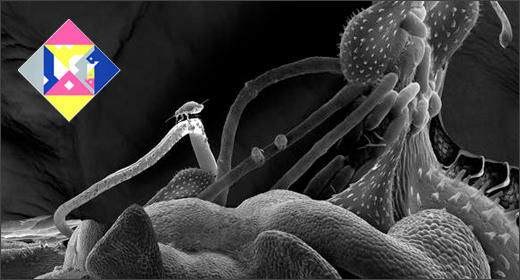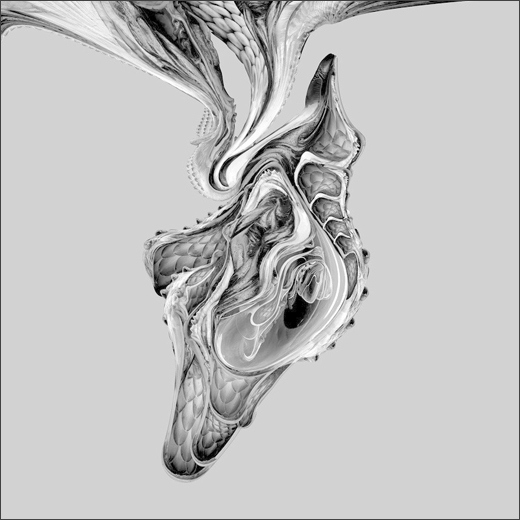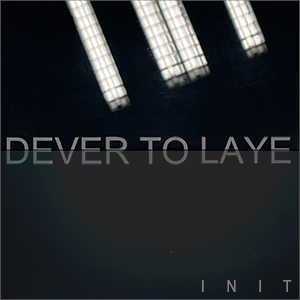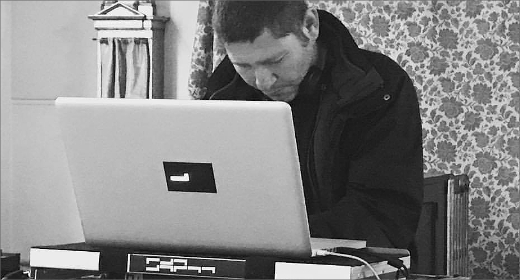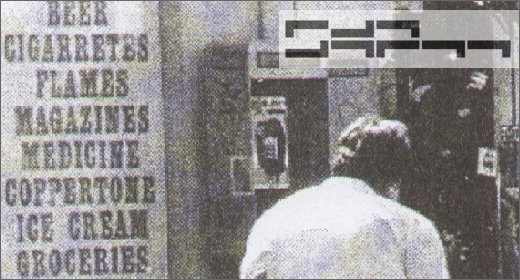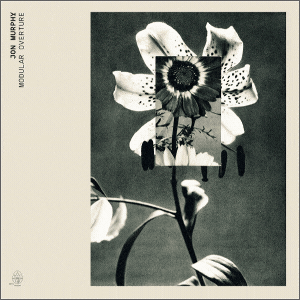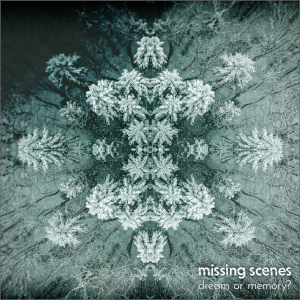The key to really digging D.E.G. is to simply cast off your expectations and let Fitton walk you down the avenues he takes.
The dreaded, long-awaited return
Aaaah the dreaded, long-awaited return, so often simultaneously a blessing and a curse. You’re finally dropping new material for the ravenous masses with pent-up, slathering expectations it can be hard meet. The temptation to deliver more of the same must surely exist, but luckily this rarely ever happens. D.E.G. is Bola‘s first new album in over ten years, so after this long, what would be the point of that?
One can only hope people are ready to accept that Darell Fitton has moved on, because guess what? He has. Soup, Fyuti and Gnayse all have a sonic template that runs pretty much through the entire album, while the arguably less successful Kroungrine dares to experiment a little more, not always successfully.
D.E.G. is different. This is a genuine melting pot of ideas, a roller-coaster ride around densely arranged pieces that twist and turn quite unpredictably, shot through with enough signature Bola traits that it still feels comfortingly familiar, even if not immediately so.
Can you honestly say that if you were going in to D.E.G. blind you’d be able to identify the opening track “Fhorth” as Bola, for example? The delicate piano, clicks, hiss and soft ambient washes have more in common with minimal modern classical/electronic crossover albums like Ryuichi Sakamoto + Alva Noto’s collaborative Raster-Noton series than the sort of mirror-polished electronics we’re used to. And then pitch-shifted Mongolian throat singing belches through it.
Clockwork complexity
And speaking of dense, D.E.G. rewards studied and repeated listens because it’s both melodically and structurally dense. If you stop fully paying attention to the intricate clockwork complexity and delicacy of “Herzzatzz”—a far more recognizably Bola track than many others here, skillfully appearing second to stabilising effect-you’ll miss an absolutely stunning synth-string section swelling with glittering melodic keys that plays off the unease of the main melody and the full payoff of its closing, cliff-edge moments.
“Avantual” opens with Jake Slazenger electro cool and squeezed synths, rapidly replaced by haunting swirls of frost, shuffling rhythms and a saw-tooth string carving everything up. There’s the blend of early Gescom vocal cutups and hammering, video game playfulness of “Landor 5OX2” that tracks like top-tier Royksopp, tapering off with simmering ambiance. The single biggest surprise here is D.E.G. closer, “Maghellen” that spins out into new Bola territory with piano keys and acoustic guitar melodies enrobed in sun-dappled, Helios-like lens-flare and gilt-edged clicks and cuts. It may not evolve like the other tracks here, but it’s pure, panoramic beauty.
It’s inevitable that the vocals of “Evensong”—completely artificial yet convincing as they are-may be off-putting to those looking to this strain of music to escape them, but Bola is tapping a vein much like Plaid’s Scintilli here. These vocals aren’t tacked on, or even traditionally song-like, instead used as just another instrument and core to the effectiveness of the piece: lilting, affecting and a constant among the shifting array of fx on offer. The arguably more divisive “Kappafects” heralds the return of Dennis Bourne on vocodered vocal duty, perhaps the one slight misstep of the whole affair, but give it a chance: you may just warm to it.
Emotionally devastating
As if to satisfy a long-held craving D.E.G. also brings us the three-part “Pelomen Vapour” suite in a lovely callback to Soup’s “Forcasa,” kicking off with one of Bola’s many strengths, emotionally devastating, strings heavy waves of deeply melodic atmospherics. So beautifully crafted that it may just be the pinnacle of this style in Bola’s canon, these elements are teased out with such slow-burning economy it’s hard to move on without replaying again and again as it builds from Plaid-in-melancholy-mode synths and hang-drum melodies through layers of crackle and crunch, to quirky Kettel “Church” styling before finally destroying with some of his most heartbreaking strings to date.
“Pelomen Vapour 2” layers the cathedral vibes on thickly again, though this time shot through with liquid-nitrogen chilled shards of fx and percussion before breaking down into a bleeptronic mass of computer glitch. Only “Pelomen Vapour 3” really halts D.E.G.‘s dizzying momentum, a track almost too ghostly, vaporous and amorphously spectral for its own good.
Even Michael England has surpassed himself with the crazy artwork for D.E.G., a mix of metallic silver ink, Skittles Sours colored logos and inner sleeves and a full-spread inner gatefold image of creepy micro-organisms.
The key to really digging D.E.G. is to simply cast off your expectations and let Fitton walk you down the avenues he takes. That’s in directions you likely won’t expect, but in time may just learn to utterly adore. It warms the heart to know that there’s still someone out there making this kind of music so peerlessly.
D.E.G. is available on Skam.






